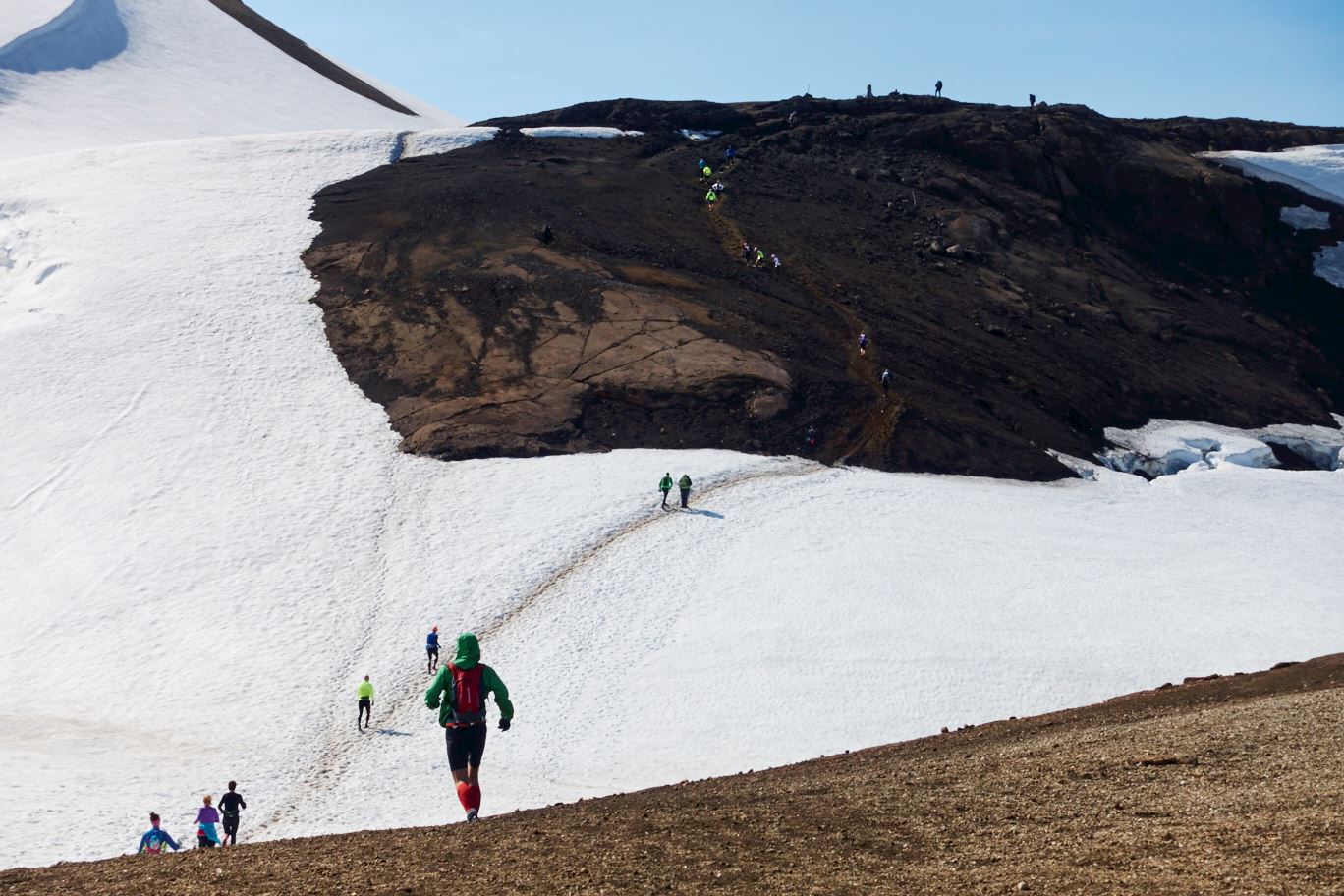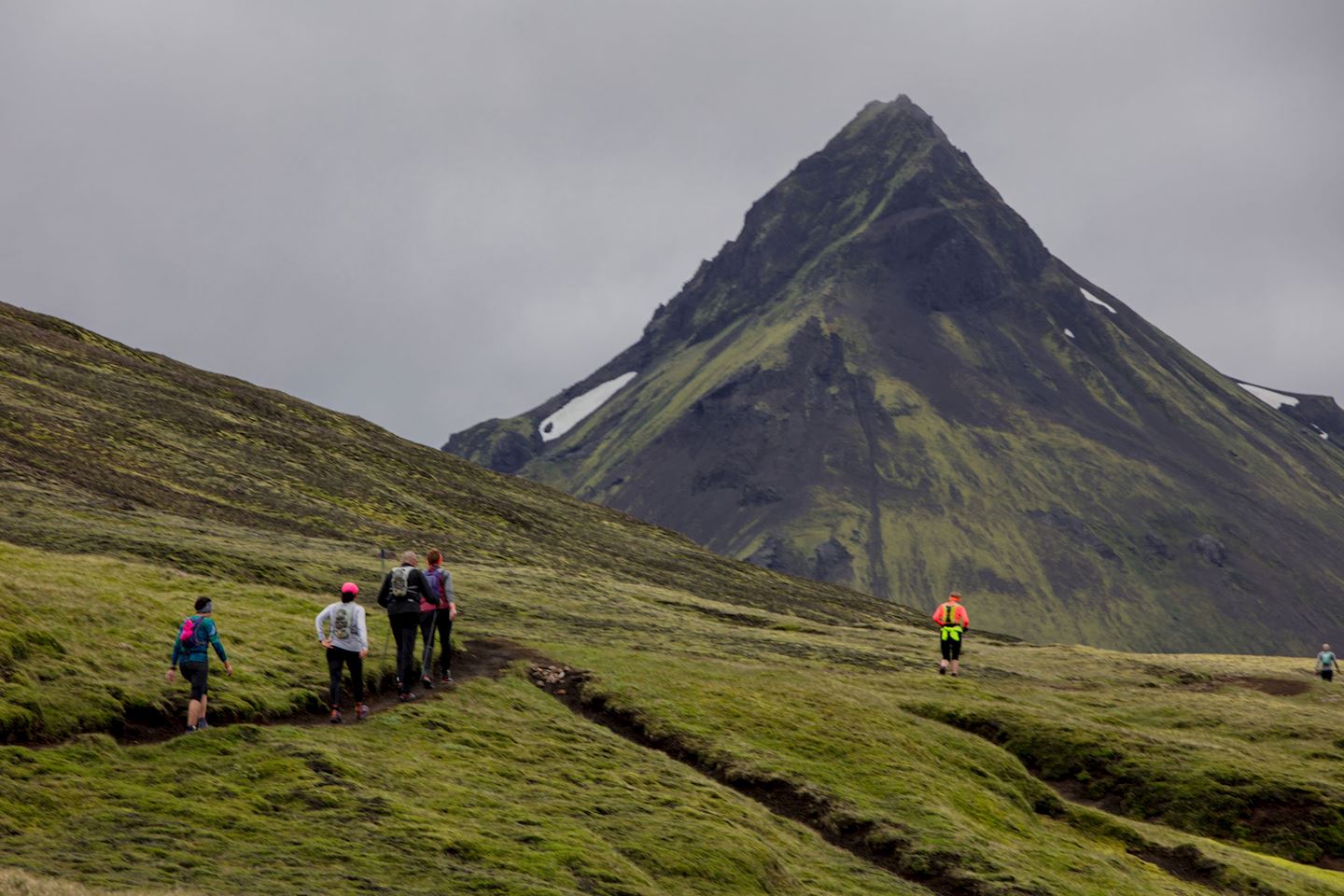Laugavegur Ultra Marathon


Join Laugavegur Ultra Marathon
The annual Laugavegur Ultra Marathon will take place in July. The Laugavegur trail is located in the southern highlands of Iceland and connects the nature reserves Landmannalaugar and Thorsmork. For many runners the Laugavegur Ultra Marathon is the most enjoyable race in Iceland. The course is 55 km and takes runners through areas of outstanding natural beauty.
Competitors must be in a very good physical shape to take part in this 55 km Ultra Marathon. If you want to know what kind of race the Laugavegur Ultra Marathon is we recommend that you watch some of the video's of the course. As the videos show the Laugavegur trail is very challenging and takes the runner through areas of outstanding natural beauty.
The course is multi-terrain; sand, gravel, grass, snow, ice, rivers and streams.
The Reykjavik Sports Union is a nonprofit organization that organizes five sport events every year which include Laugavegur Ultra Marathon in July.
赛事信息可以在在赛事的官方网站或通过公开渠道找到。 总是以官方网站上的最新赛事信息作为参考。 如果有任何数据错误或遗失,请通过电子邮件告知我们.











